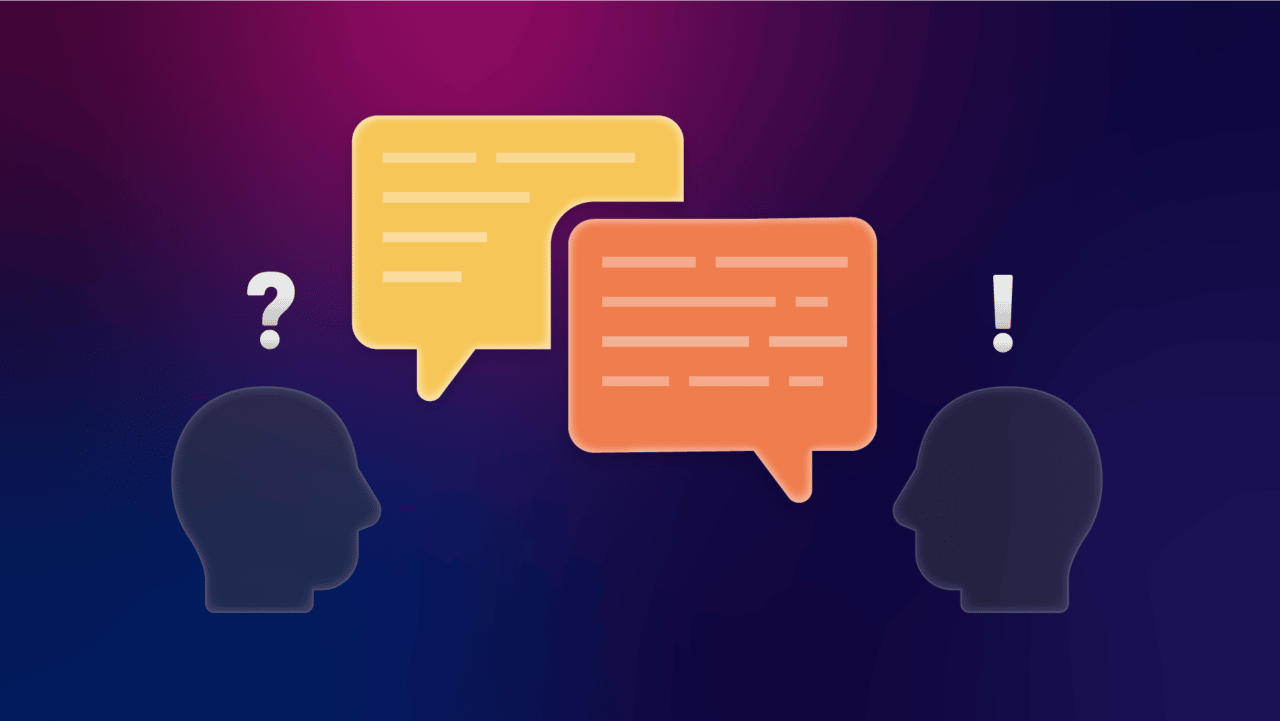Every customer interaction starts with a conversation. Whether it’s taking place on the phone, over chat, or via email, conversations offer valuable data that organizations can use to gather feedback, improve products or services, and boost retention.
For conversations to be tracked and made use of, it’s essential that organizations have conversation intelligence tools in their AI solutions arsenal.
While “conversation AI” refers to an AI system that is capable of responding to or holding conversations with humans, “conversation intelligence” encompasses an entire ecosystem that includes AI-powered, data-mining tools and much more.
Organizations usually go wrong when they treat transcripts as though they are documents throughout the data analysis process. Using document understanding ML models can only get you so far in analyzing text; conversations require a different approach.
Building on this point, Toshish Jawale, CTO and co-founder of Symbl.ai, says:
“Conversations are not documents. They are free-flowing articulations of a thinking process because they are not well-articulated, formally and accurately written pieces of information.
“Most NLP techniques are built to process documents and they typically don’t work on conversations, in the sense that they do not deliver meaningful results. They are not built for solving problems calibrated toward naturally flowing human conversations.”
Conversations as a new data stream
Human-to-human conversations, as opposed to human-to-machine conversations, are chaotic, don’t follow a fixed flow and are very contextual in nature. Examples include sales calls, interviews, lectures, health consulting, and webinars.
Although all of these types of conversations have an agenda and an ultimate goal, they don’t follow a fixed flow—it’s not similar in that way to talking to a chatbot.
Extracting value out of such conversations can be done through two modes: real-time and asynchronous.
Real-time mode refers to extracting value from conversations as they are happening, through in-app actions such as sharing a document with a customer or offering a discount. Organizations can also extract value through live call monitoring.
Asynchronous mode refers to data available after the conversation ends, and this includes the length of the call, conversation analysis, key actions to follow-up with, and more.
Jawale explains this in detail:
“In the real-time mode, AI sits with you through the call and notes down what is happening on the call, such as specific keywords. It can identify if the customer wants to know more about a product and automatically share a specific document which provides more information. This action is suggested based on the context of the call.
“In an asynchronous mode, AI gets access to conversations either through audio or video recordings and is trying to understand what happened. For example, it can then offer follow-up actions based on the context of the call. All of this can be done in real-time as well.”
Unique aspects of human-to-human conversations
From an AI perspective, conversations have temporal, conceptual, casual, natural, contextual, and relational aspects. All of these are part of a natural conversation and this becomes challenging for an AI software to understand.
However, advanced conversation intelligence has come close to helping employees better support customers mid-conversation. Jawale says:
“The key thing is humans are always going to relate something outside of the actual scope of the conversation. AI needs to have enough ability to contextually relate to entities and temporally define them.
“It’s quite hard because there is no system that can take all of these aspects into account with just a few API calls. It ends up being quite a complex system.”
Symbl.ai can help organizations to easily process and analyze conversations across channels; to learn more about how your team can extract value from customer conversations using Symbl.ai’s API platform, click here.
